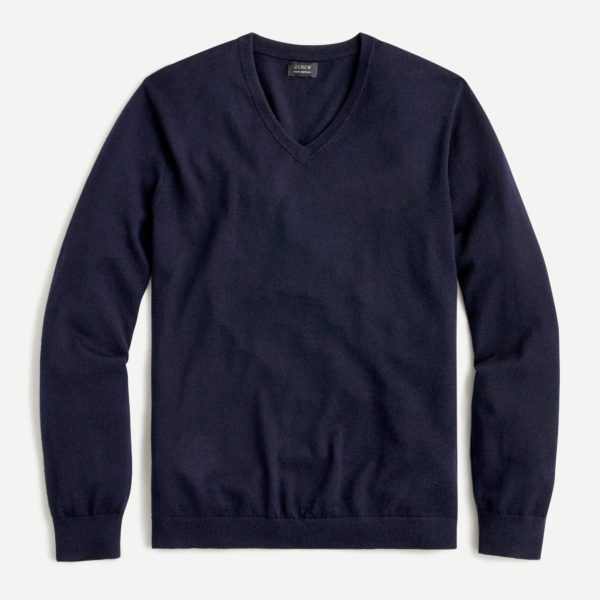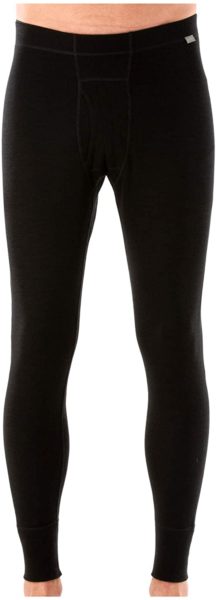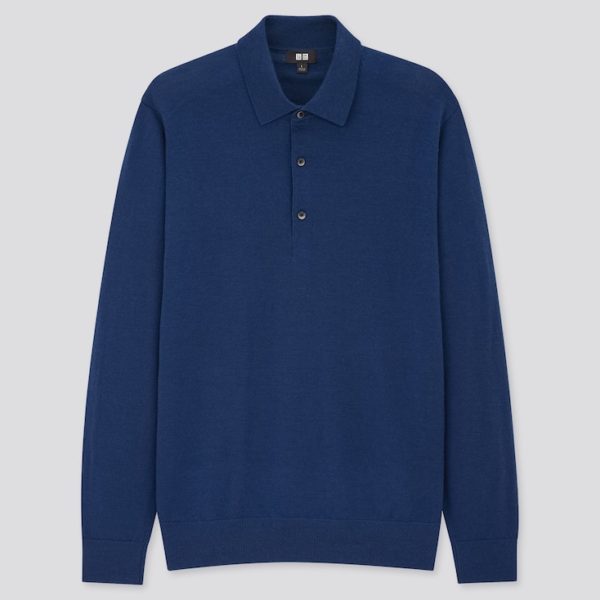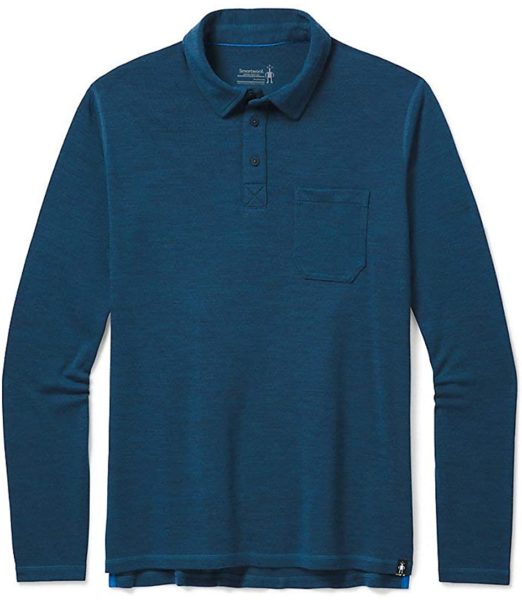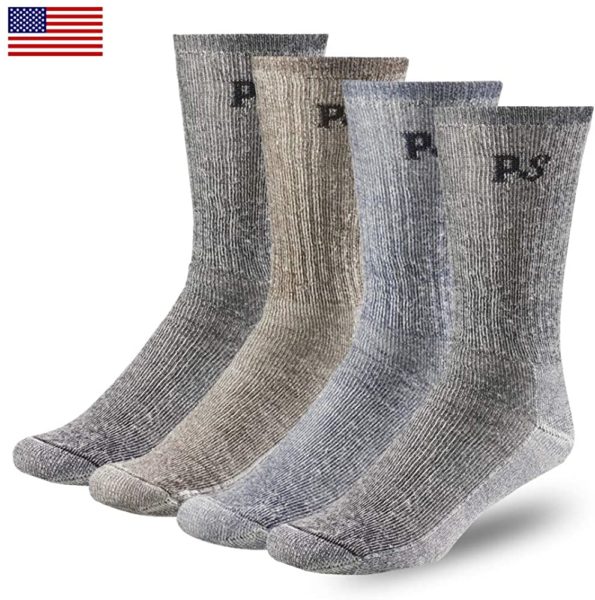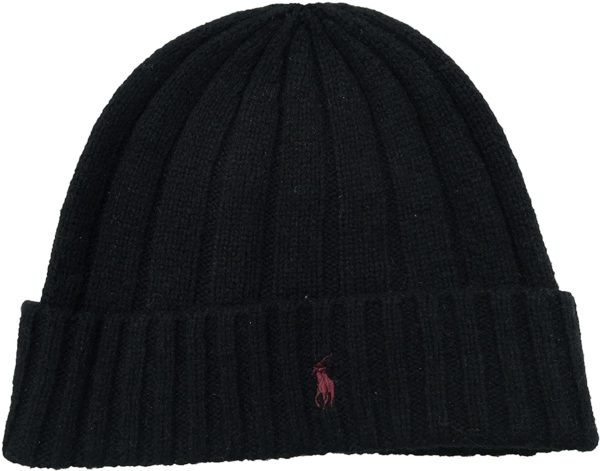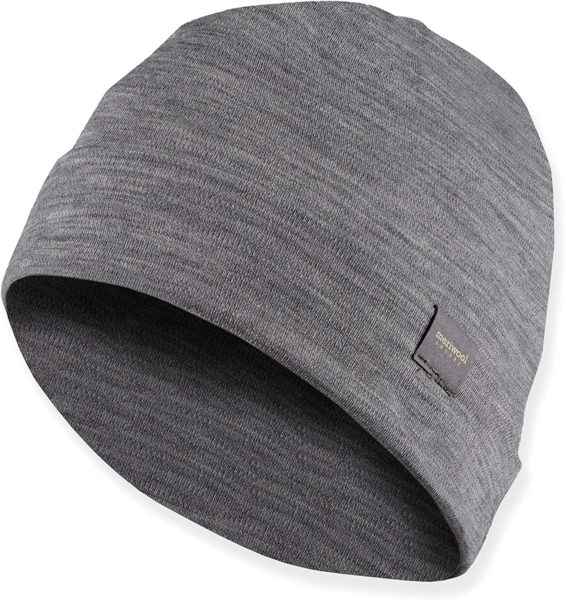At Primer, we’re not here to pull the wool over your eyes. Quite the opposite, actually. If you’ve worn a sweater, a pair of warm socks, or hiking base layer some time in your life, the odds are pretty good that it was at least part Merino wool.
Clothing brands and retailers proudly point out their items are made from it like a badge of honor.
But what is Merino, anyway?
Where does Merino wool come from?
Like cashmere, Merino is a natural fiber that gets its name from the animal the wool was sourced from. Merino sheep originated in the 12th or 13th centuries (some say in Morocco, others southwestern Spain) through selective breeding. During the Renaissance, Spain had established a monopoly on the trade of Merino wool, which helped strengthen and establish its economy. By the late 18th century, flocks in New Zealand and Australia were being refined, giving rise to the modern Merino sheep.
What’s so special about Australia and New Zealand?
Quite a lot, actually–especially when it comes to Merino wool. Merino sheep live in a rugged terrain with temperature extremes from 5 to 95 degrees. In order to survive, they had to evolve a coat that would keep them cool in the summer, and grow an extra layer of wool in the winter to prevent them from becoming sheepcicles.

Each individual Merino fiber helps regulate temperature. The texture of the fleece helps trap air, insulating you against a chill. The fibers are also porous, which means that the wool wicks water vapor away from your body even before you’re sweating heavily, so you stay dry vs. sticky and clammy. The wool’s waxy coating repels water without sealing in water vapor, making it naturally breathable. A Merino sweater or base layer set will help keep you warm in the winter, while a Merino t-shirt will keep you cool and comfortable all summer long.
Is Merino wool itchy?
Merino wool is softer and finer than other types of wool. If you ever put on a sweater and immediately wanted to scratch your skin off, it probably wasn’t Merino wool. Each Merino wool fiber is much thinner than a human hair, and is so light and flexible that it bends when touched. Coarser wools are bulkier and more durable, and typically used for outerwear (peacoats, for example) or carpets.

How is Merino wool different from other fibers?
Despite its super-soft feel, Merino wool is not the delicate hothouse blossom of the natural textile world. It’s six times stronger than cotton, and unlike cotton, it keeps you from feeling clammy even if it gets wet. A Merino wool t-shirt could be just as comfortable as your favorite cotton tee–plus it’s odor-resistant, so you don’t need to wash it after every wear. And due to its water-releasing properties, when you do wash it, it dries faster, too. (More on laundry in a bit.)
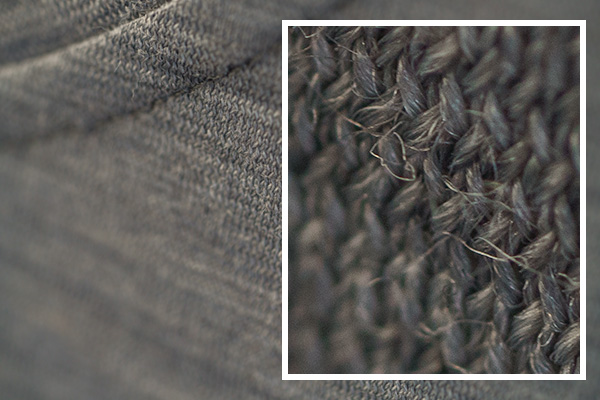
Compared to synthetic fibers, Merino wool is both more sustainable (as it’s biodegradable, not petroleum based) and offers superior breathability. A synthetic-fiber jacket will trap sweat and odors, making you feel (and smell) less than fresh. And both nylon and polyester are flammable, which is something to keep in mind if you’re going to spend any time around a campfire. Synthetic fibers can play a supporting role to Merino, adding stretch and flexibility to help the garment keep its shape.
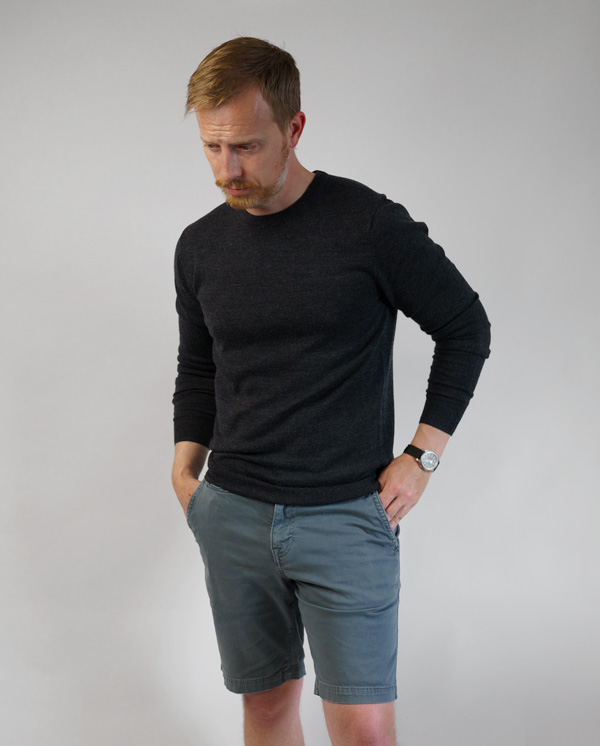
Merino vs. Cashmere
Cashmere is even softer and warmer than Merino wool. But Merino wool is sturdier and more durable. While you can toss some Merino garments in the washing machine, Cashmere typically requires more care–hand washing or spot treating. Cashmere is also more rare and expensive. Either is a great choice. So it comes down to what you want out of your garment. A casual sweater for hiking or just hanging around? Merino. A finer sweater or scarf for a dressier occasion? Cashmere.

What is Smartwool?
Smartwool is an outdoor brand that pioneered Merino wool ski socks in 1994. Today it’s a company and a community of adventurers devoted to taking care of the planet where we all live, work, and play. This means focusing on sustainability initiatives, regenerative agriculture, and animal welfare, addressing the apparel industry’s role in climate change, advocating for representation and inclusivity, and improving accessibility of public outdoor spaces so that everyone can have fun and feel good outdoors.

How to wash Merino wool
You’ve probably heard that you have to handle a wool sweater with extreme caution if you don’t want to accidentally create a new garment for your dog. While you don’t want to wash a Merino wool garment in boiling hot water and throw it in the dryer on high heat, Merino is by nature better suited to handling harsher conditions. Always check the care instructions on the label, of course, but in general a Merino wool garment can be machine washed in cool water on the gentle cycle. Stick it in a mesh washing bag for added protection.
Some Merino garments, especially those blended with synthetic fibers, can be dried in the dryer. Others should be dried flat–hanging them up to dry can cause the fabric to stretch out of shape–you can gently roll wet garments in a clean towel first to remove any excess moisture, then drape them over your drying rack or on the towel.
→ Read more: How to Care for Cheap Clothes: An Essential Guide to Budget Style for Primer Readers
Our Picks: The Best Merino for Your Buck
Merino is an increasingly popular choice for everything from socks and hats to sweaters, base and outer layers for outdoor activities, t-shirts, and even underwear. Which is great, but also kind of overwhelming. We rounded up some stylish, affordable clothing and accessories, so you can stay comfortable whether you’re enjoying the rush of breaking fresh powder or just rushing off to work.







